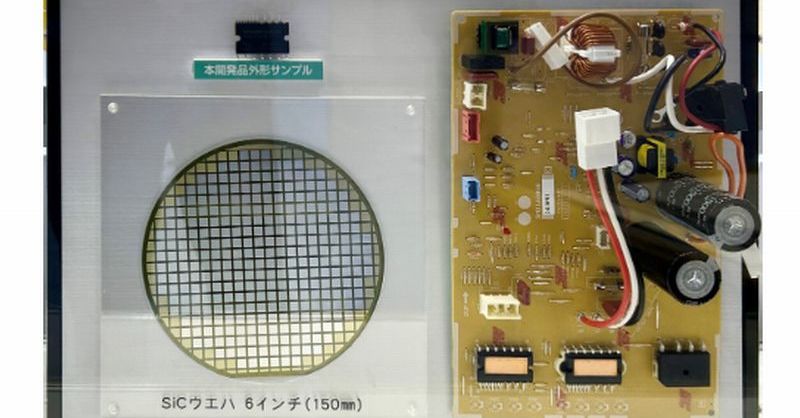Enhanced Aircon Efficiency: Revolutionizing Cooling with SiC-Based IPM Technology
The quest for energy-efficient cooling solutions is constantly evolving, and a significant breakthrough has emerged: Silicon Carbide (SiC)-based Intelligent Power Modules (IPMs). This innovative technology promises to revolutionize air conditioning systems, drastically reducing energy consumption and minimizing environmental impact. This article delves into the specifics of SiC-based IPMs and how they are poised to enhance aircon efficiency globally.
What are SiC-Based IPMs?
Traditional air conditioners rely on Insulated Gate Bipolar Transistors (IGBTs) for power conversion. However, IGBTs suffer from significant power losses, leading to reduced efficiency and increased energy bills. SiC-based IPMs offer a superior alternative. SiC, a wide-bandgap semiconductor, exhibits significantly lower power losses compared to silicon-based IGBTs. This translates to:
- Higher Efficiency: SiC IPMs operate with much lower energy losses, resulting in a noticeable improvement in overall air conditioner efficiency. This means less energy is wasted as heat, directly impacting energy bills and carbon footprint.
- Smaller Size and Weight: Due to their superior switching capabilities, SiC-based IPMs can operate at higher switching frequencies. This allows for the use of smaller and lighter transformers and other components, leading to more compact and lightweight air conditioning units.
- Improved Reliability: SiC materials are known for their durability and resistance to high temperatures and voltages, contributing to a longer lifespan for the air conditioning system and reduced maintenance requirements.
- Faster Response Times: The enhanced switching capabilities of SiC IPMs contribute to faster response times, ensuring quicker cooling and more precise temperature control.
How SiC IPMs Enhance Aircon Efficiency: A Deep Dive
The improved efficiency of SiC-based IPMs stems from several key factors:
- Lower Conduction Losses: SiC's higher breakdown voltage and lower on-resistance dramatically reduce conduction losses, a major source of inefficiency in traditional systems.
- Lower Switching Losses: SiC's faster switching speed minimizes switching losses, further boosting overall efficiency.
- Reduced Heat Dissipation: Less energy is lost as heat, meaning less energy is needed for cooling the system itself, further improving overall efficiency.
These improvements cumulatively lead to a significant reduction in energy consumption, translating to substantial cost savings for consumers and a reduced environmental burden.
The Environmental Impact
The widespread adoption of SiC-based IPMs in air conditioners has the potential to significantly reduce global greenhouse gas emissions. By lowering energy consumption, we can lessen our reliance on fossil fuels, contributing to a cleaner and more sustainable future. This is crucial in the fight against climate change.
The Future of Air Conditioning: A SiC-Powered Revolution
While SiC-based IPM technology is relatively new, its potential is undeniable. Major manufacturers are already incorporating this technology into their next-generation air conditioning units. We can expect to see a gradual but significant shift towards SiC-based systems in the coming years, leading to more energy-efficient, reliable, and environmentally friendly cooling solutions.
Further Research and Development
Ongoing research focuses on further improving the cost-effectiveness and scalability of SiC-based IPMs to accelerate their widespread adoption. As manufacturing processes become more refined, the price of these components is expected to decrease, making them increasingly accessible to a broader market.
Conclusion: Embracing a Cooler, Greener Future
SiC-based IPM technology represents a major leap forward in air conditioning technology. Its potential to drastically improve energy efficiency, reduce environmental impact, and lower operating costs makes it a game-changer. The future of cooling is undoubtedly getting cooler, and it’s powered by SiC.
Keywords: SiC-based IPM, air conditioner efficiency, energy efficiency, Silicon Carbide, Intelligent Power Modules, IGBT, cooling technology, sustainable technology, green technology, energy saving, climate change, air conditioning, HVAC, power electronics.
